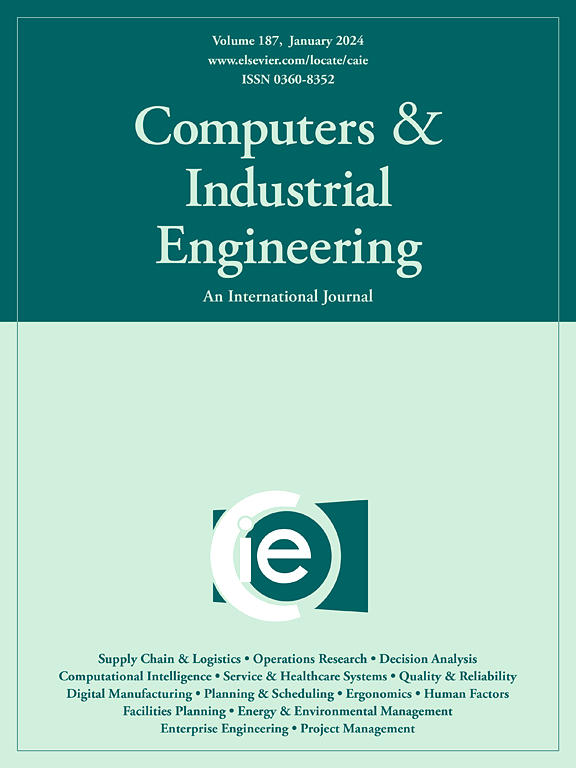Integrated design optimization for internal, external pipeline networks and equipment in gas storage injection and production system
IF 6.7
1区 工程技术
Q1 COMPUTER SCIENCE, INTERDISCIPLINARY APPLICATIONS
引用次数: 0
Abstract
Due to the high investment, this highlights the pivotal role of the surface injection and production system (SIPS) in the construction of underground natural gas storage (UNGS), effective optimization design is crucial for the sustainable development. This paper focuses on the precise structure for optimization, providing a detailed analysis of internal pipelines (INPIPE) in stations and considering interconnection with external pipelines (EXPIPE). To meet the gas injection and production requirements, an integrated parameter optimization design model is developed to minimize the total investment of the SIPS, comprehensively considers boundary conditions such as pressure and flow rates, systematically designs equipment selection. This paper proposes the hybrid modified feasible directions method (HMFDM) and hybrid sequential quadratic programming (HSQP) algorithms to practical case studies. The results indicate that the HMFDM algorithm achieves an investment saving of 12.2203 × 104 CNY compared to the HSQP algorithm, highlighting its remarkable efficiency. Through comparative analysis, identifies an optimal pipeline network topology scheme and single pipeline mode is most effective under specific parameter conditions. These validate the reliability of the integrated parameter optimization design model as well as its effectiveness in reducing investments of SIPS.
储气注采系统内部、外部管网及设备的集成设计优化
由于投资巨大,这凸显了地面注采系统(SIPS)在地下天然气储气库(UNGS)建设中举足轻重的作用,有效的优化设计对其可持续发展至关重要。本文以优化的精确结构为重点,详细分析了站内管线(INPIPE),并考虑了与外部管线(EXPIPE)的相互连接。为满足注气和生产要求,建立了综合参数优化设计模型,以最小化 SIPS 总投资为目标,综合考虑压力、流量等边界条件,系统设计设备选型。本文针对实际案例研究,提出了混合修正可行方向法(HMFDM)和混合顺序二次编程(HSQP)算法。结果表明,与 HSQP 算法相比,HMFDM 算法节省投资 12.2203 × 104 元人民币,效率显著提高。通过对比分析,确定了在特定参数条件下最有效的最优管网拓扑方案和单一管线模式。这些都验证了综合参数优化设计模型的可靠性及其在降低 SIPS 投资方面的有效性。
本文章由计算机程序翻译,如有差异,请以英文原文为准。
求助全文
约1分钟内获得全文
求助全文
来源期刊

Computers & Industrial Engineering
工程技术-工程:工业
CiteScore
12.70
自引率
12.70%
发文量
794
审稿时长
10.6 months
期刊介绍:
Computers & Industrial Engineering (CAIE) is dedicated to researchers, educators, and practitioners in industrial engineering and related fields. Pioneering the integration of computers in research, education, and practice, industrial engineering has evolved to make computers and electronic communication integral to its domain. CAIE publishes original contributions focusing on the development of novel computerized methodologies to address industrial engineering problems. It also highlights the applications of these methodologies to issues within the broader industrial engineering and associated communities. The journal actively encourages submissions that push the boundaries of fundamental theories and concepts in industrial engineering techniques.
 求助内容:
求助内容: 应助结果提醒方式:
应助结果提醒方式:


